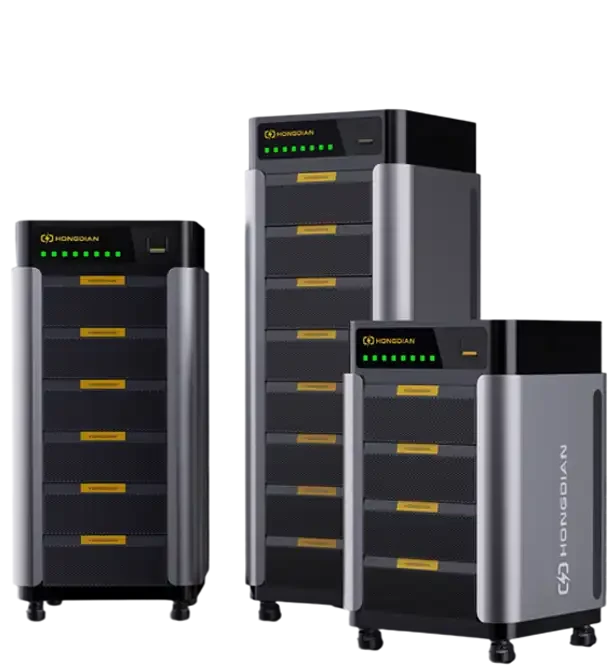Li-Ion batteries are widely used in portable equipment such as laptop computers and cell phones, but due to their low storage capacity of less than 5 amp hour (Ah), concern over manufacturing efficiency has taken a back seat to manufacturing cost. Meanwhile, batteries used in vehicles have a much higher total capacity, typically in the hundreds of amps. This is achieved with thousands of small cells or a few high capacity batteries. In this case power efficiency now becomes specially important along with cost of test within the manufacturing process. It would be ironical for these environmentally friendly vehicles to use batteries manufactured in a way that wastes high amounts of energy.
Formation can take many hours depending on the battery chemistry. Using a 0.1 C (C is the cell capacity) current during formation is very typical, taking up to 20 hours for a full charge and discharge cycle, making up 20% to 30% of the total battery cost.
Electrical testing can use currents of 1 C for charge and 0.5 C for discharge, but each cycle still requires about three hours. A typical test sequence requires several cycles.
Formation and electrical testing have tight accuracy specifications, with the current and voltage controlled to better than ±0.05% in the specified temperature range. In contrast, the accuracy can be ±0.5% for voltage and ±10% for current when charging batteries in portable equipment.
The two primary challenges for vehicle battery manufacturing are cost and power efficiency. Cost should be controlled across the whole process from materials to manufacturing and maintenance. Efficiency must also be kept high during charging, and if possible, the energy should be recycled during discharging.
Formation and Testing Systems Topologies
Design engineers often use linear regulators to easily meet the accuracy requirements of formation and testing of batteries used in portable equipment, while compromising on efficiency. On larger batteries, this approach results in challenges with heat management and decreased efficiency due to temperature drift.
The high number of cells used in electric/hybrid vehicles, all of which have to be well-matched, imposes even more stringent accuracy requirements, making switching topologies a very attractive option. Table 1 shows a comparison of different cell categories in terms of power capacity and end function.
1. Scope of Application. Applicable for testing electric passenger vehicle power battery packs and energy storage battery modules. 2. Product Features 32-bit dual-core MCU processo 16-bit ADC with up
1. Scope of Application. Applicable for testing electric passenger vehicle power battery packs and energy storage battery modules. 2. Product Features 32-bit dual-core MCU processo 16-bit ADC with up
1. Scope of Application. Applicable for testing electric passenger vehicle power battery packs and energy storage battery modules. 2. Product Features 32-bit dual-core MCU processo 16-bit ADC with up
1. Scope of Application. Applicable for testing electric passenger vehicle power battery packs and energy storage battery modules. 2. Product Features 32-bit dual-core MCU processo 16-bit ADC with up